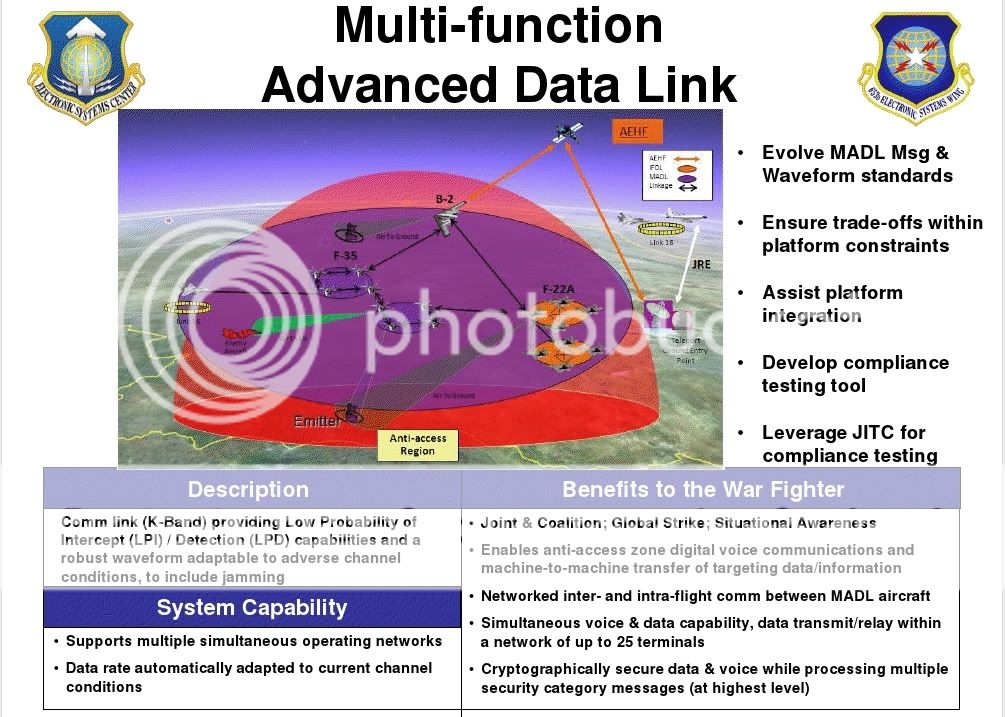- Joined
- 9 November 2008
- Messages
- 1,070
- Reaction score
- 137
Triton said:The F-35 is designed to share information with other warfighters in the battlespace and the round table that sferrin posted mentioned that one F-35 can have fire control of another F-35. I wonder if an adversary could intercept this data stream, de-crypt it, and what information he might be able to glean by listening in? Does the F-35 share its location information with other warfighters? Might an enemy be able to determine the location of F-22 or F-35 aircraft by intercepting and listening in to this information?
MADL is directional so the enemy would have to be between the two F-35's involved to get the data.

